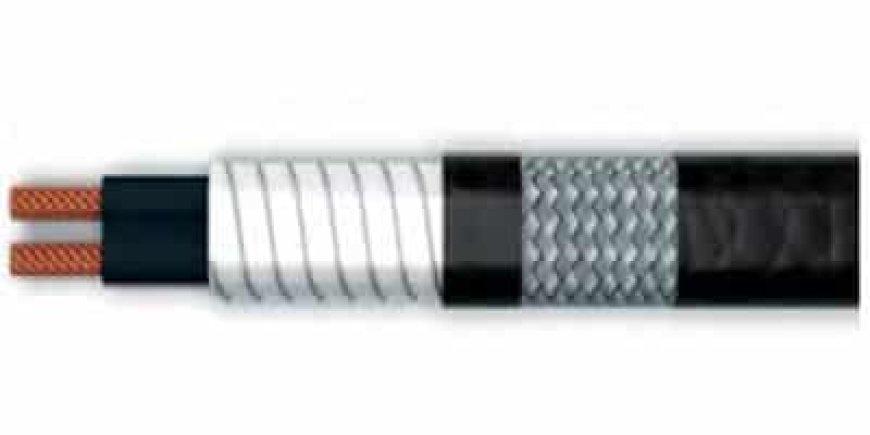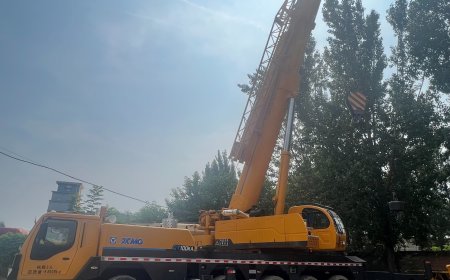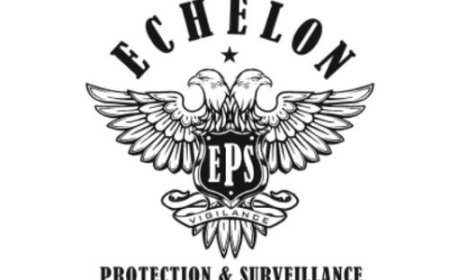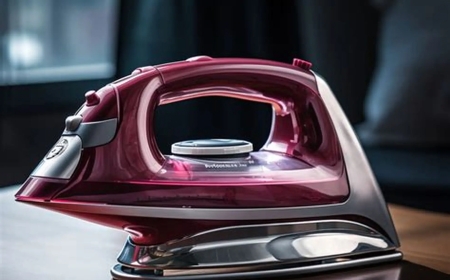How Constant Wattage Heating Cables Improve Safety
Find out where Constant Wattage Heating Cables are used—from homes to mining camps & how they cut downtime & save thousands in cold climates.

Cold weather can cause serious trouble. US studies show frozen pipes cost about $1.4 billion each winter in repairs and lost work. Most breaks happen when outdoor temperatures fall below 10 C. Harsh freezes shut down factories, burst home lines, and leave floors flooded. Constant Wattage Heating Cable adds steady warmth to pipes and gutters to stop ice from forming. It keeps fluid flowing, shields equipment, and cuts heavy repair bills.
Key Benefits
The right heat tape offers much more than thawing. This solution protects lives and assets by:
-
Preventing ice plugs inside pipes to avoid sudden bursts.
-
Keeping fluid at the right thickness so pumps work without damage.
-
Guarding vital fire-sprinkler lines against freezing in cold storage areas.
-
Reducing slip and fall risks by stopping leaks before they start.
-
Supporting remote sites by running on basic power circuits.
-
Saving plumbing crews time on emergency fixes during a freeze
Each advantage helps homes, plants, and utilities run smoothly when frost strikes.
Common Applications
Experts use this technology across many fields. In homes, people wrap it around water lines, roof gutters, and hose bibs to keep plumbing alive. Oil and gas teams place it on outdoor valves and meter runs to prevent ice jamming. Chemical plants add it to reactor feeds and transfer lines that carry low-temperature fluids. Food processors rely on it to keep syrups and sauces moving in cold rooms. Telecom installers protect conduit and junction boxes in remote towers. Thus, this versatile system fits almost any pipe or conduit that faces freezing risk.
How It Works
Standard models of Constant Wattage Heating Cable use a fixed-resistance core that produces heat as soon as power flows. The jacket around the core spreads that warmth directly to the metal pipe. A built-in or external controller watches the pipes surface temperature. When that temperature drops near freezing, it switches power on. Once the pipe stays above the set point, the controller cuts power to save energy. Adding foam or fiberglass insulation around the pipe and cable traps heat. This approach ensures the pipe stays just warm enough to prevent ice, but never overheats.
Installation Steps
Proper setup makes a lasting system. A clear work plan should include:
-
Cleaning and drying all pipe surfaces before attaching the cable.
-
Laying the cable in straight lines without crossing or overlapping.
-
Securing the cable at the intervals listed by the manufacturer.
-
Mount the temperature sensor at the lowest or coldest spot.
-
Wrapping the assembly in high-quality thermal insulation.
Following each step guarantees the cable stays in close contact with the pipe. Solid fastening stops hot spots and keeps moisture out.
Maintenance Tips
A well-maintained system will run reliably for years. Inspect the cable jacketing for any dents or scratches on a yearly basis. Re-measure the resistance using a handy meter and ensure there is no moisture present. Replace broken parts immediately. Test controllers for correct switching (on/off) operation at the specified temperature. Keep a log of inspection dated, readings, and rectification. Frequent care will make the cables protect tubes for over 25 years and cut down expensive emergencies.
Energy Savings and Environmental Impact
Using Constant Wattage Heating Cable saves more than just panic-buy repairs. Smart controls cut run times by nearly half compared to always-on heaters. Insulation around pipe runs can lower energy draw by up to 40 percent. Over two decades, a typical industrial loop can save tens of thousands of kilowatt-hours. As a result, sites pay less for electricity and shrink their carbon footprint. Greener operations meet sustainability goals and win incentives from energy-management programs.
Choosing the Right Cable
Not every product fits every pipe. To select the correct model, match the cables wattage rating per meter to the pipes size and local climate extremes. Check what jacket material handles chemicals, UV rays, or burial conditions. Verify power requirements and choose a controller rated for the total load. If the area meets hazardous-location rules, pick a cable with the right certifications. Attention to these details leads to a safe, efficient, and long-lasting setup.
Health and Safety Regulations
Regulators insist on clear cold-weather safeguards. Industrial standards typically require freeze protection for fire-sprinkler mains and essential fluid lines. Building codes often require heat tracing on rooftop drains and on piping outside the building where there is piping in unheated areas. Facility auditors typically look for documented testing and inspection logs and also for manufacturer installation guides. Meeting those rules helps firms avoid fines, pass audits, and maintain insurance coverage without claiming a loss from frozen pipes.
Insulation Best Practices
Good insulation complements the heat tape. Rigid foam boards, fiberglass batts, or closed-cell rubber have high R-values and resist moisture. Each type of insulation goes over cables and pipes easily. Put vapor-barrier tape on joints and seams to stop condensation. Increased coverage around elbows and fittings eliminates hidden cold spots. With good insulation, the heat from the heating cable can keep the core pipe warm at a lower consumption of energy.
Cost Analysis and Return on Investment
The cost of the heat cable, thermostats, and insulation upfront pays off quickly. Typically, payback periods range from one to three years. This is based on local energy rates and the level of freeze risk. High-value process sites or those that are remote have the quickest return. Avoiding a single emergency shutdown will often offset the full cost of the project.
Advanced Monitoring Options
Modern facilities tie heat control to building automation systems. Data from current sensors, temperature probes, and run logs flows to central dashboards. Custom alerts warn maintenance teams by text or email if a run fails or power spikes. Charting long-term trends highlights areas needing extra insulation or cable capacity. Remote access to these insights speeds repairs and avoids personnel travel to distant sites.
Conclusion
Protecting pipes from ice damage is a safety-critical task for homes, plants, and remote stations. A Constant Wattage Heating Cable provides steady warmth to the pipes it wraps, reducing the risks of bursts as well as pump trouble and eliminating slip hazards. Fast payback and peace of mind come with a proper evaluation of load needs and matched components installed according to the codes. All these codes will be followed during the installation process. Hence, the end-user gets reliable freeze protection and a more sustainable energy profile for the facility where winter coldness is experienced.



























